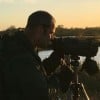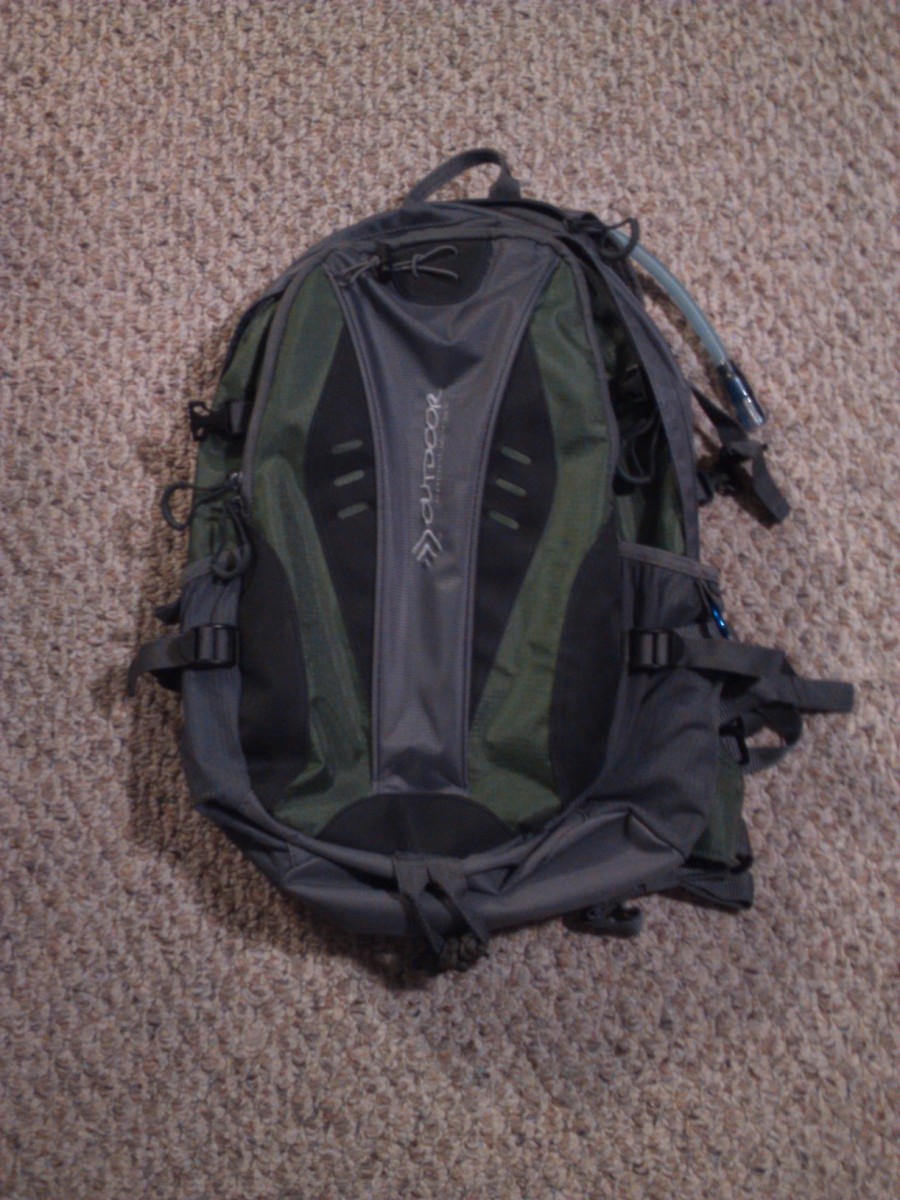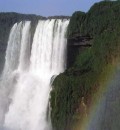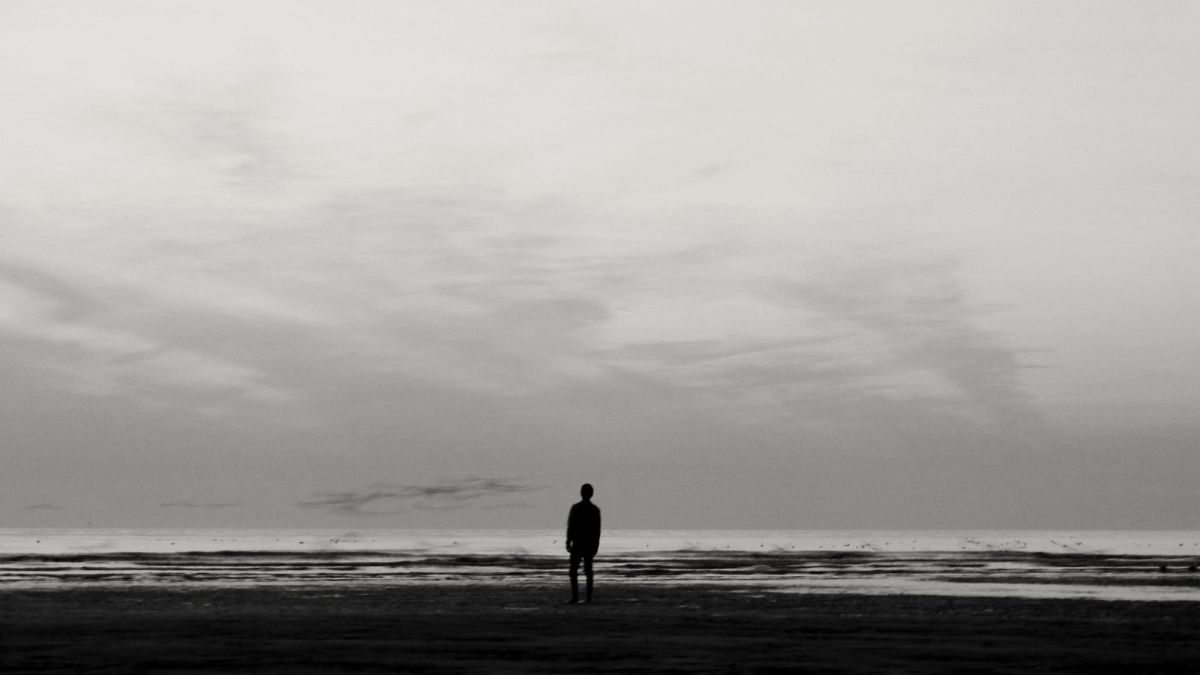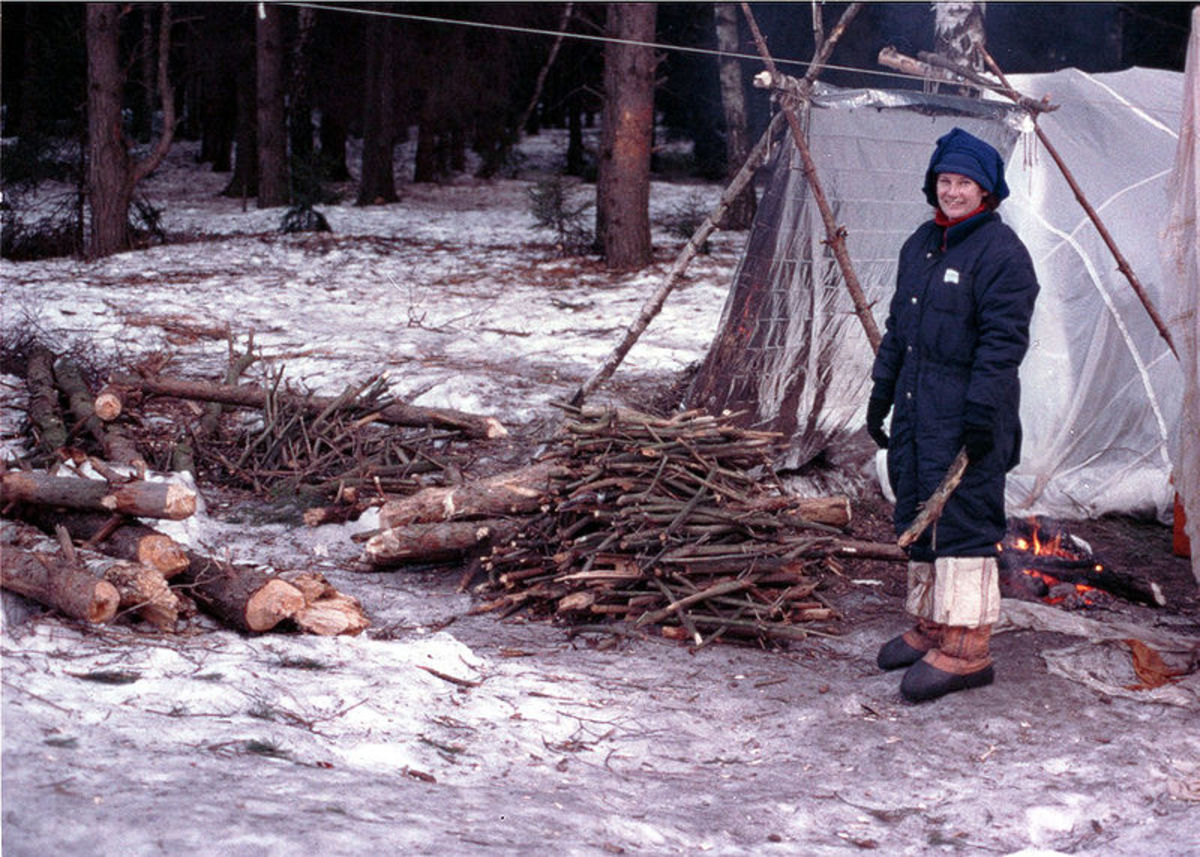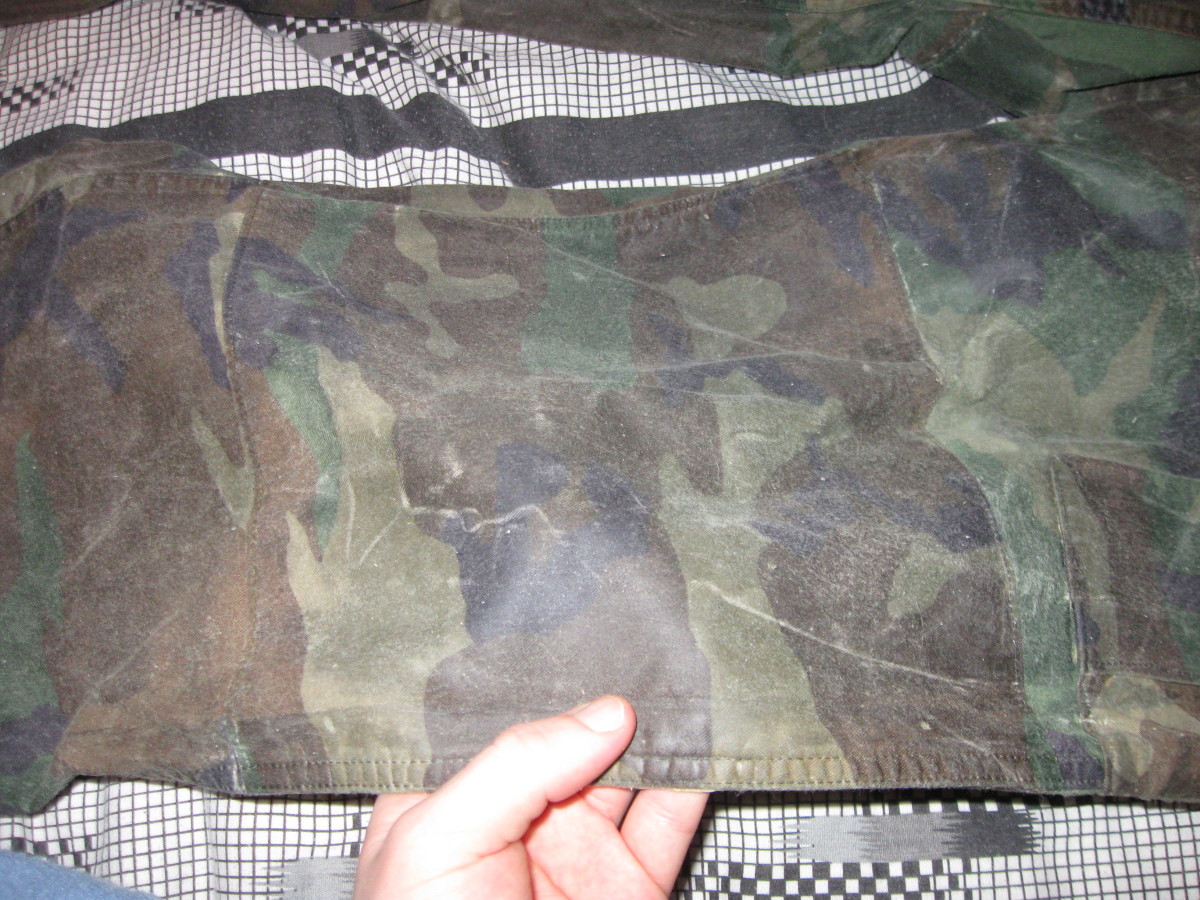How To Light A Fire Safely
Man's Most Important Element
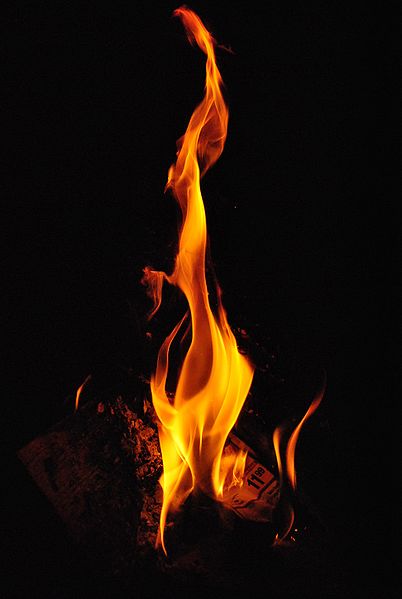
Introduction
In bushcraft, there can be little doubt that the most important skill is the deceptively simple task of lighting a fire. Of all things, the ability to control fire is what makes us human; there are no other animals that possess this skill, not even in rudimentary form. Fire helps to dispel the darkness, thus improving our state of mind and calming us down, which is crucial in a survival situation. Just as important, it serves as a beacon; broadcasting our position far and wide, which can be a lifesaver if stranded or injured. It helps to drive away the cold, even in the most frigid of landscapes. Most important of all, fire helps to give us safe, clean water by killing harmful bacteria, and doing a similar job with food regardless of whether it be meat or vegetable. But how on earth do you turn fuel (often wood) into flame, without the aid of matches or a lighter. Below, I’ll outline how this can be achieved.
A Primitive Fire-lighting Kit
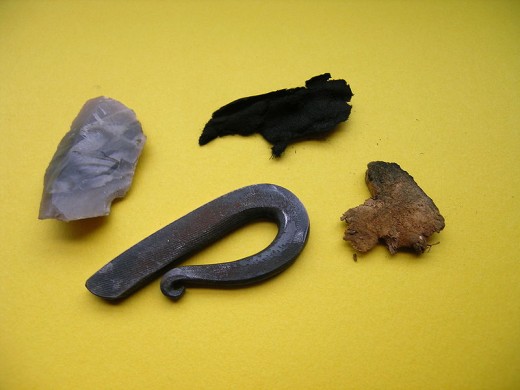
Ray Mears Doing What He Does Best
Fire By Friction
Preparing the Fire
If you can, sight your fire as close to your fuel source as possible, so preferably seek the shelter of woodland, not only will your fuel source be within easy reach, but the trees will act as a useful insulation against the cold. Next you need to clear the ground, all the way down to bare earth if possible to minimise the risk of starting an uncontrollable fire, and also to prevent any possibility of you scarring the ground. Once you've done that, go and fetch maybe ten or so dead logs, roughly the same thickness as your arm and lay them on the ground side by side to create a platform. By doing this, the platform logs will burn early on, resulting in the creation of embers, thus giving good heart to your fire, and increasing the chances of success. The logs also help to provide insulation from the ground, which can be cold even in hot weather. Crucially, it keeps both the tinder and kindling away from damp or wet ground, and also allows the air to circulate freely underneath, meaning that the fire will burn brighter and longer.
Next you need to prepare your kindling, for this you need to collect a thick bundle of thin dead twigs, roughly the same thickness as your finger; then split the bundle in half, and place them on top of the platform in the form of the letter ‘X’.
Now, with your platform and kindling in place, the next stage is to prepare your tinder, the key to successful ignition is finding the right kind of tinder, namely anything dry or fibrous such as grass and dry bark. If available, select birch bark, as it is full of oil, and thus will make your fire burn really well. Once you've collected the tinder, use a sharp knife to shred the bark down, thinning out the layers, the thinner the bark the more likely that your fire will catch light.
You’re almost ready to ignite, but there’s still one more important thing you need to do. You must collect more thin twigs to add as extra fuel, but be careful not to overburden yourself. If you've picked a good site, then you will have a steady supply in close reach.
Even damp wood can yield flame
Personal Recommendations

Starting the Fire
In order to start the fire, you need to be able to create sparks strong enough to ignite the tinder. Once again, if available opt for a piece of birch bark and scrape off the layers on the underside of the bark to create a pile of shavings that should easily catch a spark. The next step is to use a device called a fireflash, which contains an alloy of metals that helps to produce bright, white sparks. If you haven’t got something like a fireflash, then a piece of flint will suffice.
Next, place the fireflash/flint on the bark close to the shavings. Turn your knife around, so that you use the back of the blade and grip it close to the point. When ready, push forward with the thumb of your free hand. Once you’ve managed to ignite the shavings, carefully move the shavings and place them under your kindling. For safety, put your firelighting equipment away then proceed to add more fuel to your already growing fire. Once again, I must stress, make sure you only use dead logs, and also make sure that they’re no thicker than your little finger and no longer than your forearm. If you follow these instructions, then you shouldn't encounter any problems when spending a night or several out in the wild.
© James Kenny
